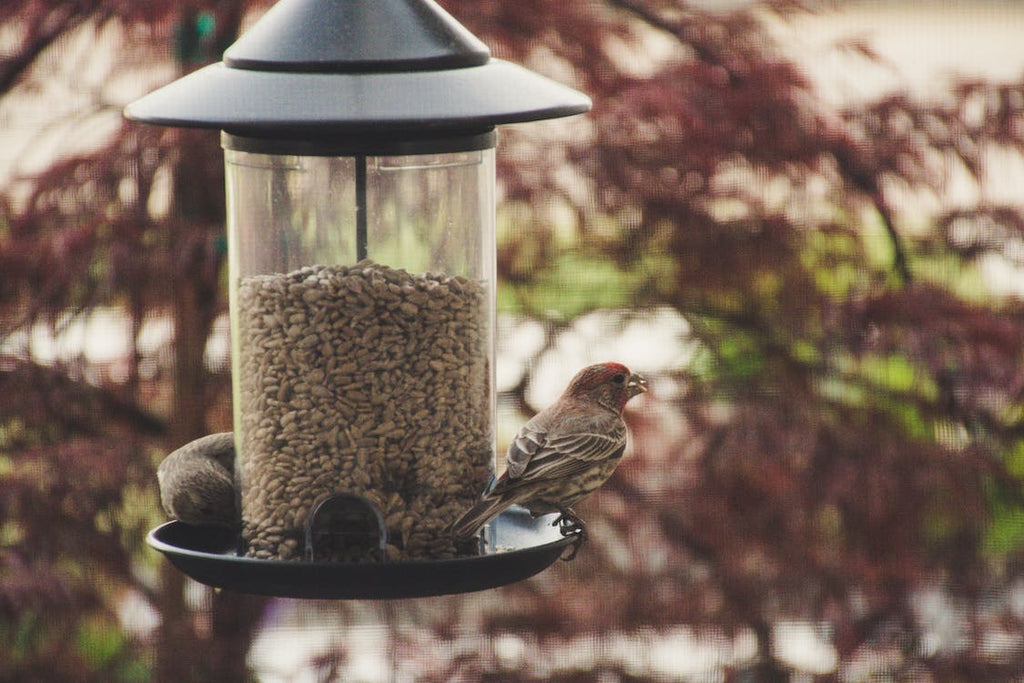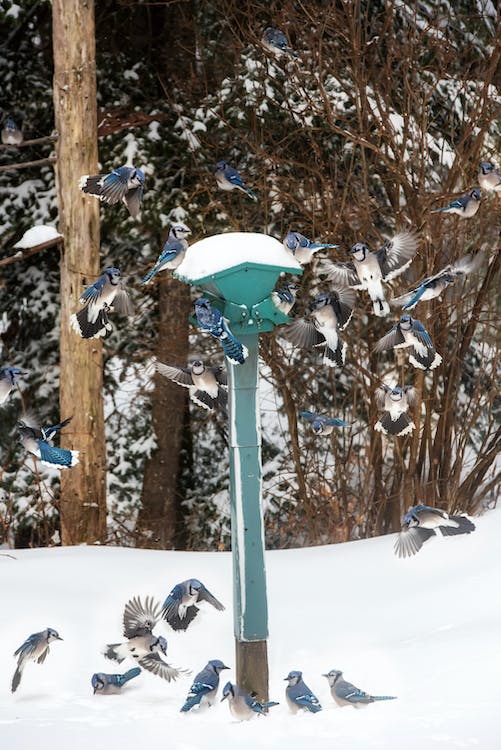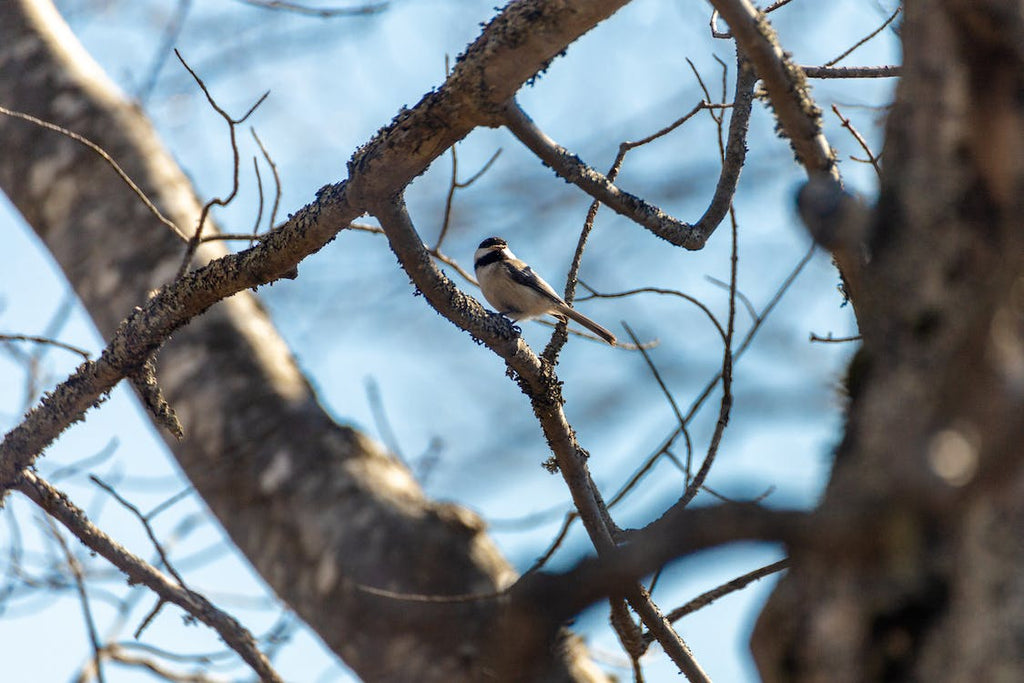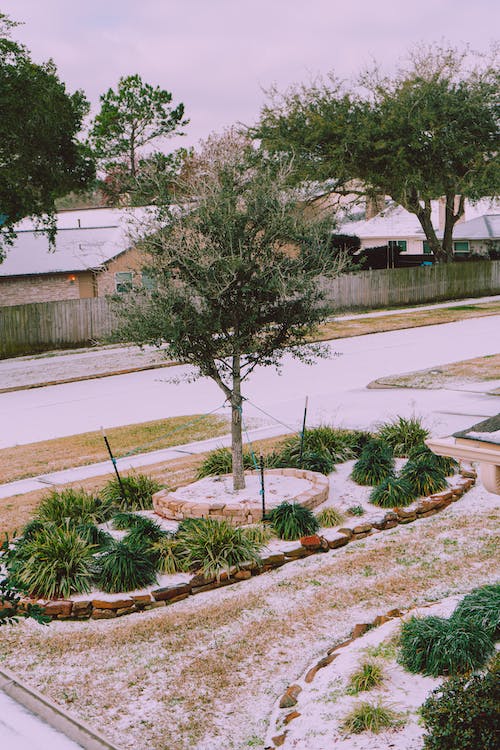
Gardens are our connections with nature—no matter their size or scope, all gardens work with the forces of nature and all gardeners are learning to understand them. For those of us lucky enough to have outdoor spaces, our gardens may receive visits from various kinds of wildlife throughout the year. That can be beautiful, or occasionally even annoying—we’ve all had squirrels eat our tomatoes—but it’s part of the gardening process and part of why we enjoy working outdoors with plants. With winter upon many of us, let’s take some time to think about the animals and insects that call our gardens home, and how we can go about helping wildlife in winter. As it turns out, giving animals and insects a helping hand during the colder months isn’t that difficult, so let’s dig in.

Let’s talk first about some of the most colorful visitors to our garden: the birds. While they bring color, life, and wonder to our gardens, birds do need a little support from time to time. We’ve talked before about how to attract birds with a bird friendly garden, but during winter there are a few additional things to consider. If you have a bird feeder, your local birds may be more reliant on it during the winter as natural food sources fade a bit. Make sure you keep your feeder full when you can, and make sure the food inside isn’t molding if the weather gets damp. Birds also appreciate other foods—vegetable and fruit scraps from the kitchen, bits of cheese or suet, and unsalted peanuts are all good choices.

Water is an important consideration for both birds and other garden animals like squirrels and rabbits. If your winters are more mild, a simple birdbath or a few water bowls will be enough. If it freezes regularly where you life, you’ll need to put a little extra effort into keeping the water in liquid form. You can do this by replacing it regularly or by letting a outside spigot drip a bit. Birds may benefit from an elevated water source—it helps keep them safe from predators.

How we maintain our gardens can also help local wildlife—and make our lives a bit easier too. While you may need to clear your front yard garden, leaving some leaves, branches, and not-deadheaded plants can help all forms of wildlife by providing shelter, warmth, and food sources during the winter. Beneficial insects like bumblebees, butterflies, and moths. By clearing these away in the spring after warmth and life return, you’ll help support populations of these garden friends. Likewise, having a few areas of bushes or shrubs that you let go a little wild can provide wildlife and insect habitat at what for many critters is a difficult time.

Helping wildlife in winter is a kind and wonderful thing to do for both them and for our gardens—a garden that is a healthy part of nature will thrive in ways that an overly-manicured space just can’t. In addition, wildlife-friendly garden practices also help us understand the natural world of which we are a part—and from which modern life often leaves us feeling disconnected. We hope you’ll make a space in your garden for wildlife this winter season; please send some photos and let us know how it goes!

Leave a comment